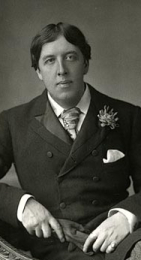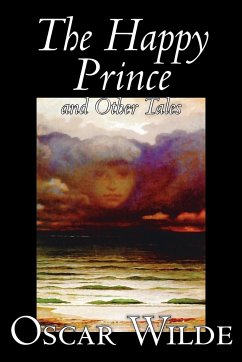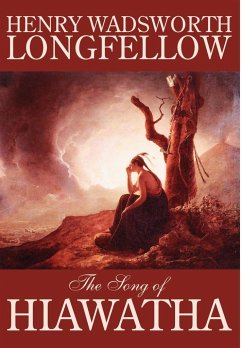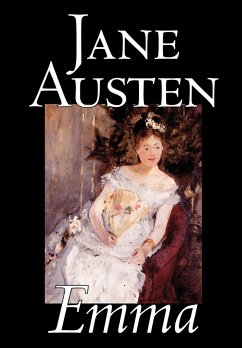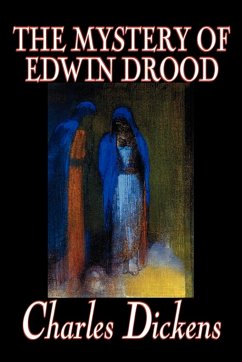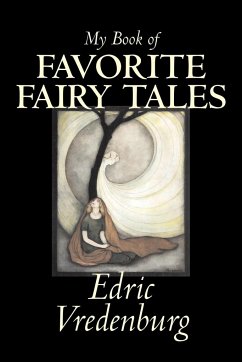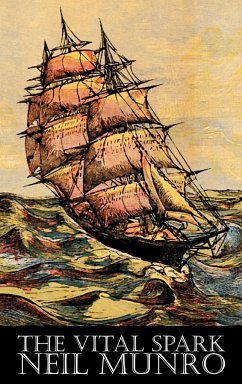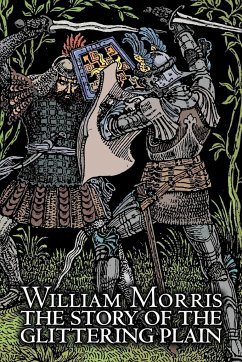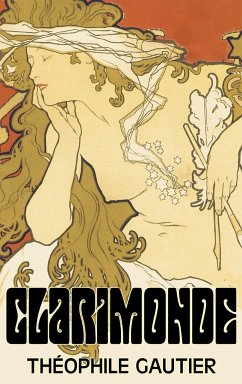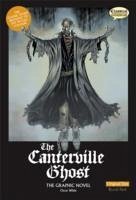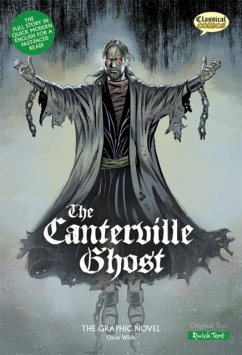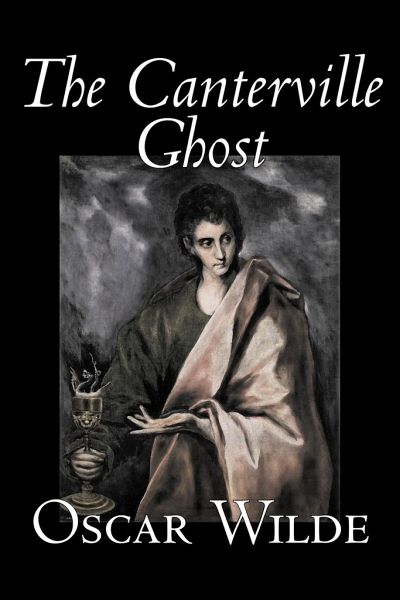
The Canterville Ghost by Oscar Wilde, Fiction, Classics, Literary
Versandkostenfrei!
Versandfertig in 1-2 Wochen
12,99 €
inkl. MwSt.

PAYBACK Punkte
6 °P sammeln!
The tale, like many of Wilde's, is rich with allusion, but ends as sentimental romance. The Canterville Chase has all the accouterments of a traditional haunted house. Descriptions of the wainscoting, the library panelled in black oak and the armor in the hallway characterize the Gothic setting. Wilde mixes the macabre with comedy, juxtaposing devices from traditional English ghost stories such as creaking floorboards, clanking chains and ancient prophecies with symbols of contemporary American consumerism.



